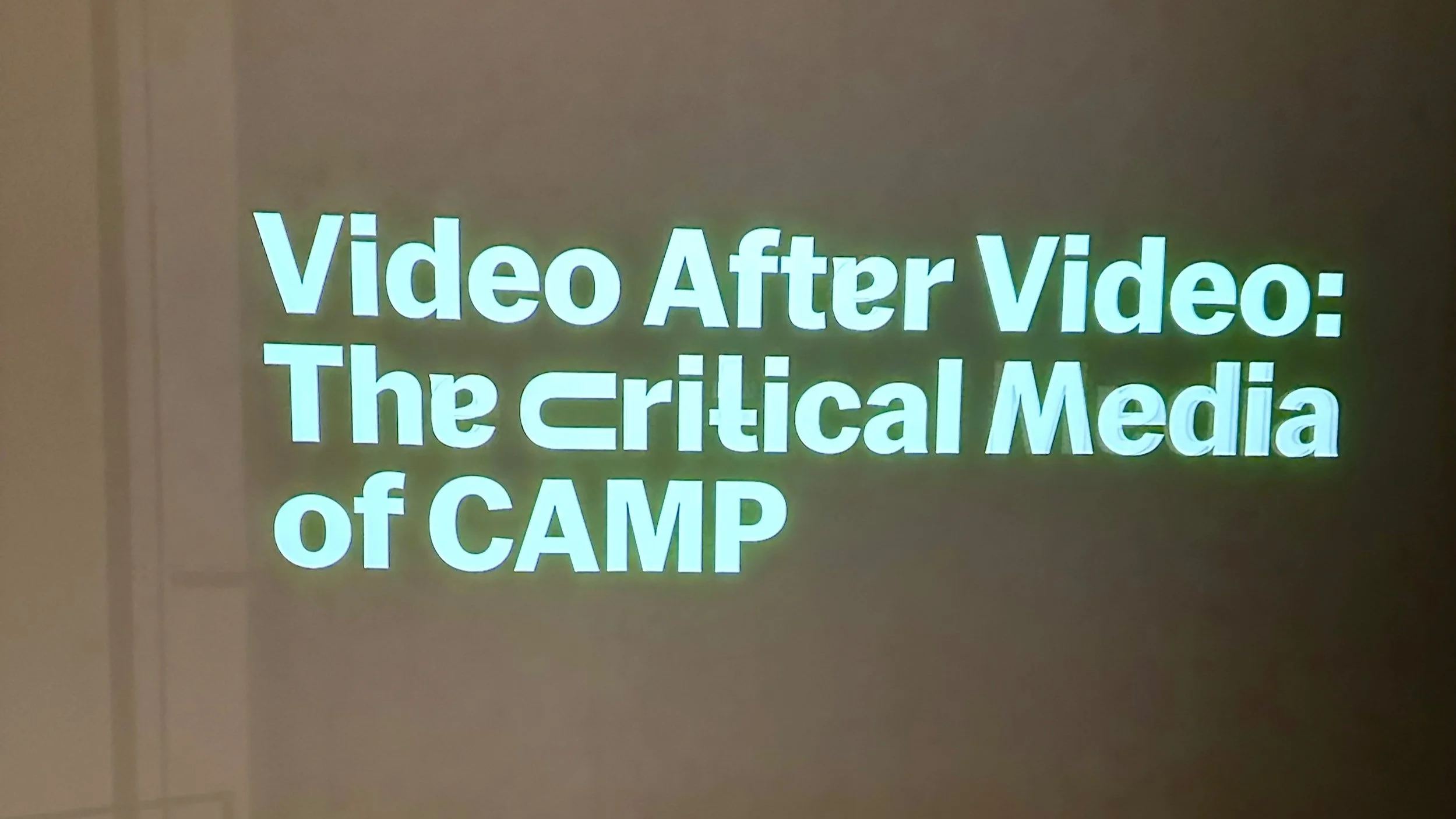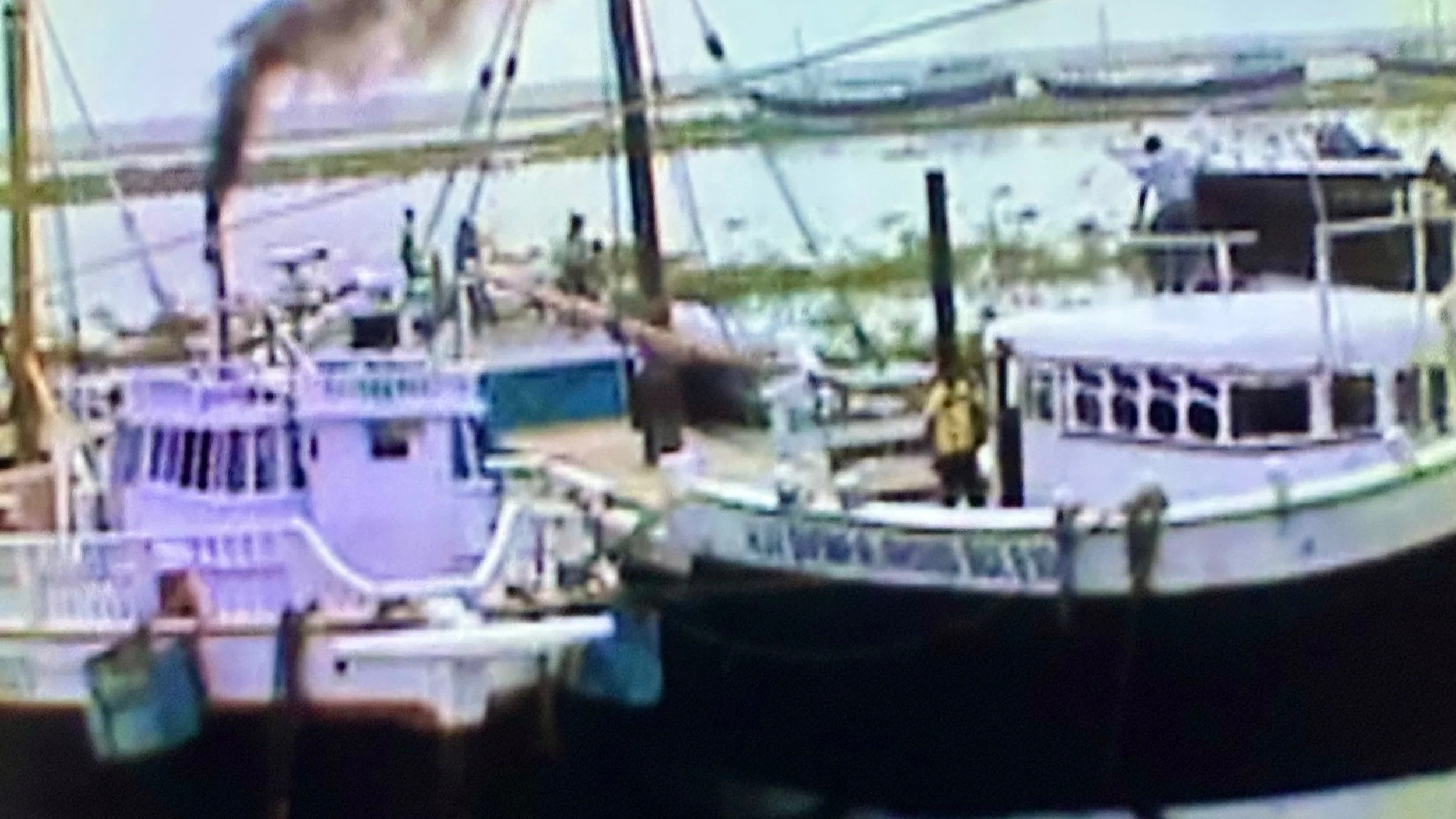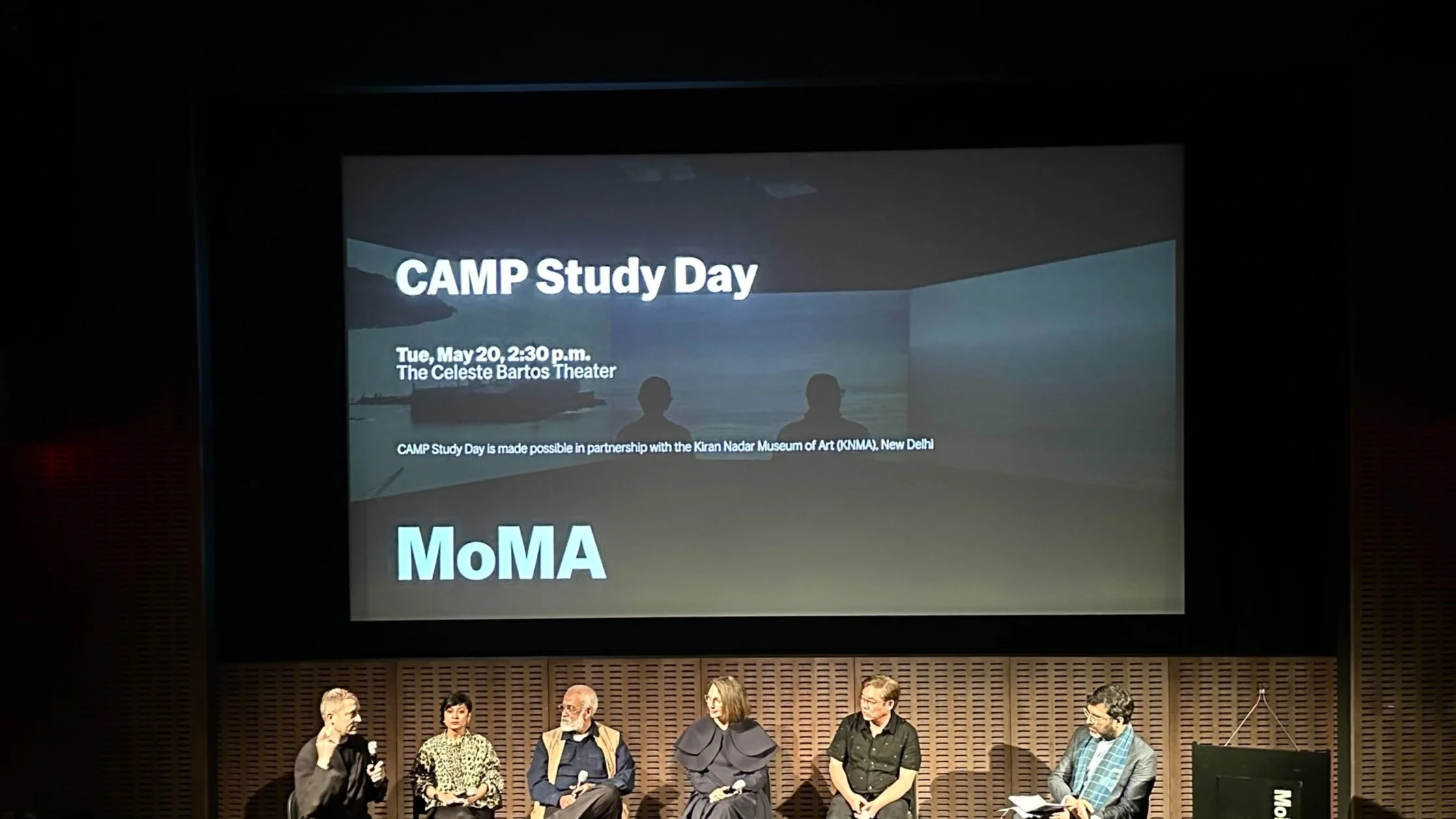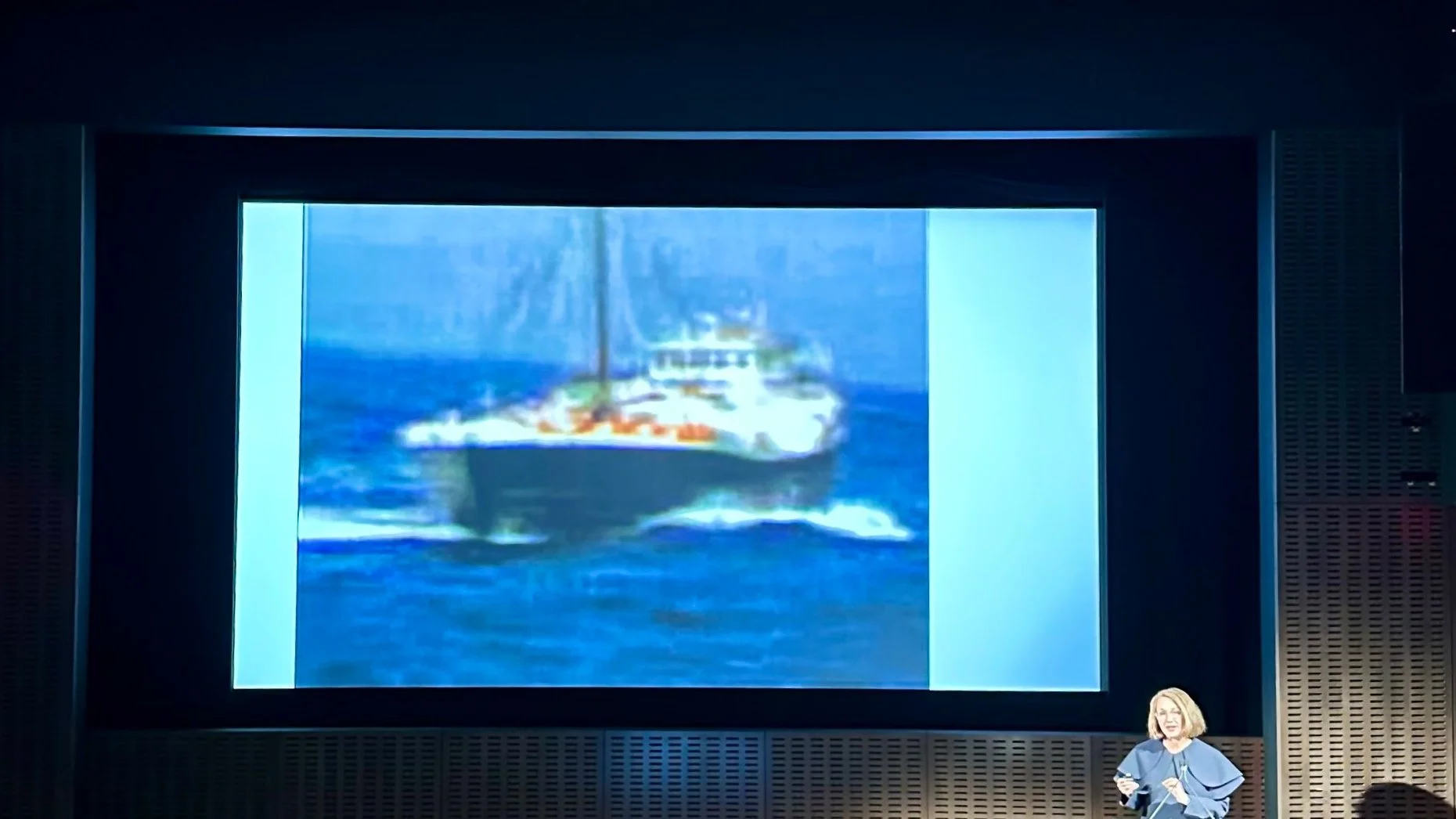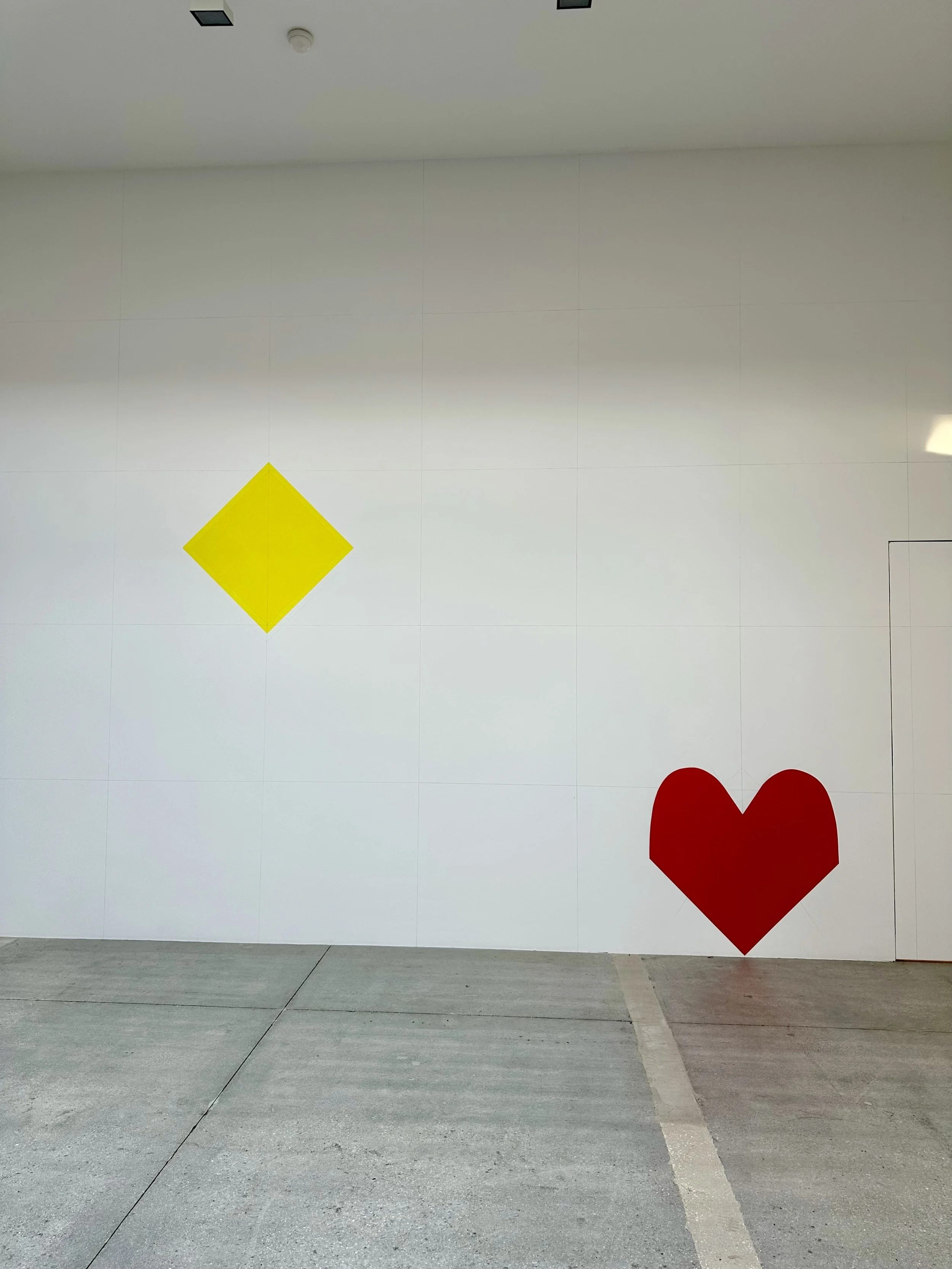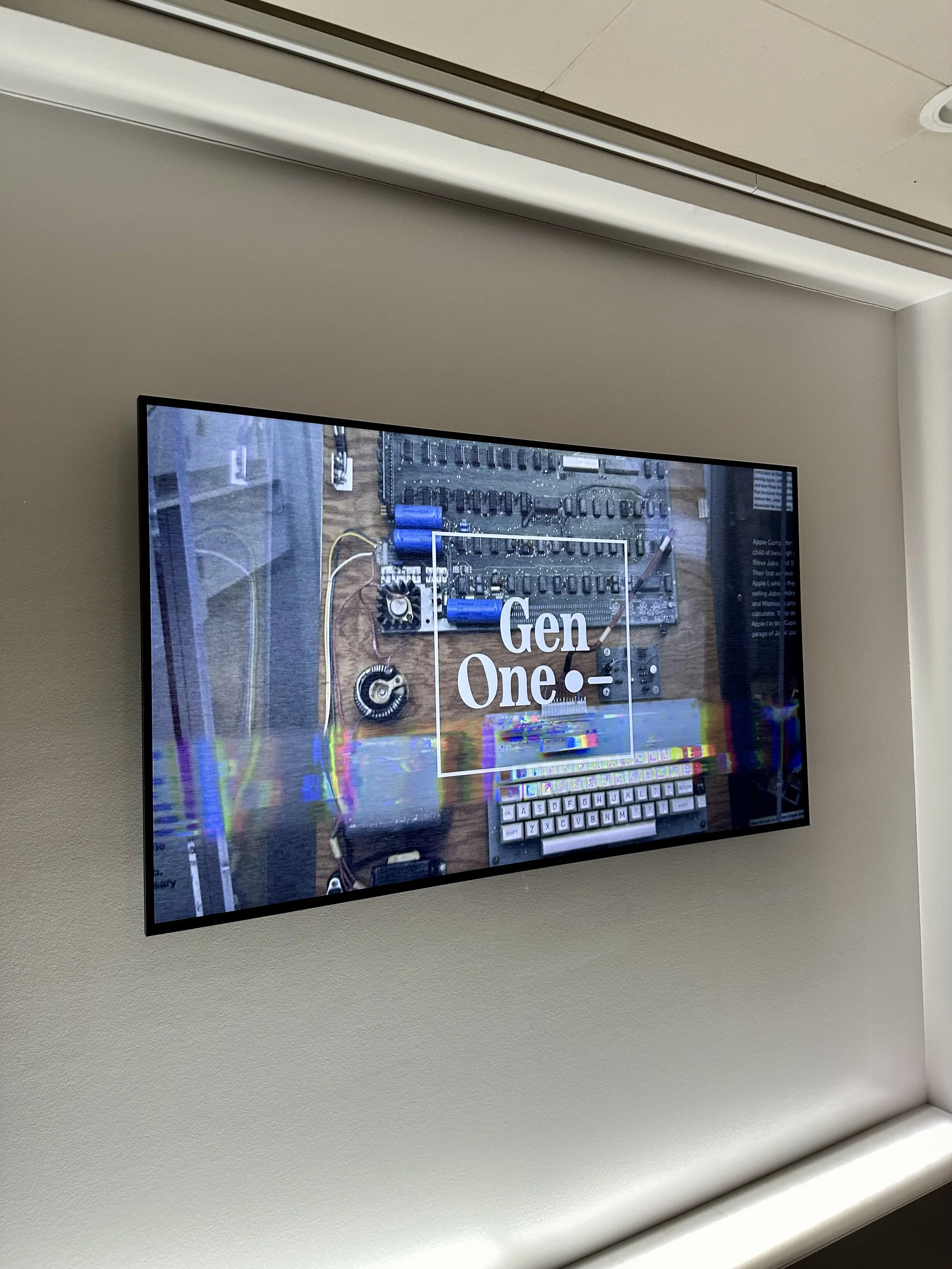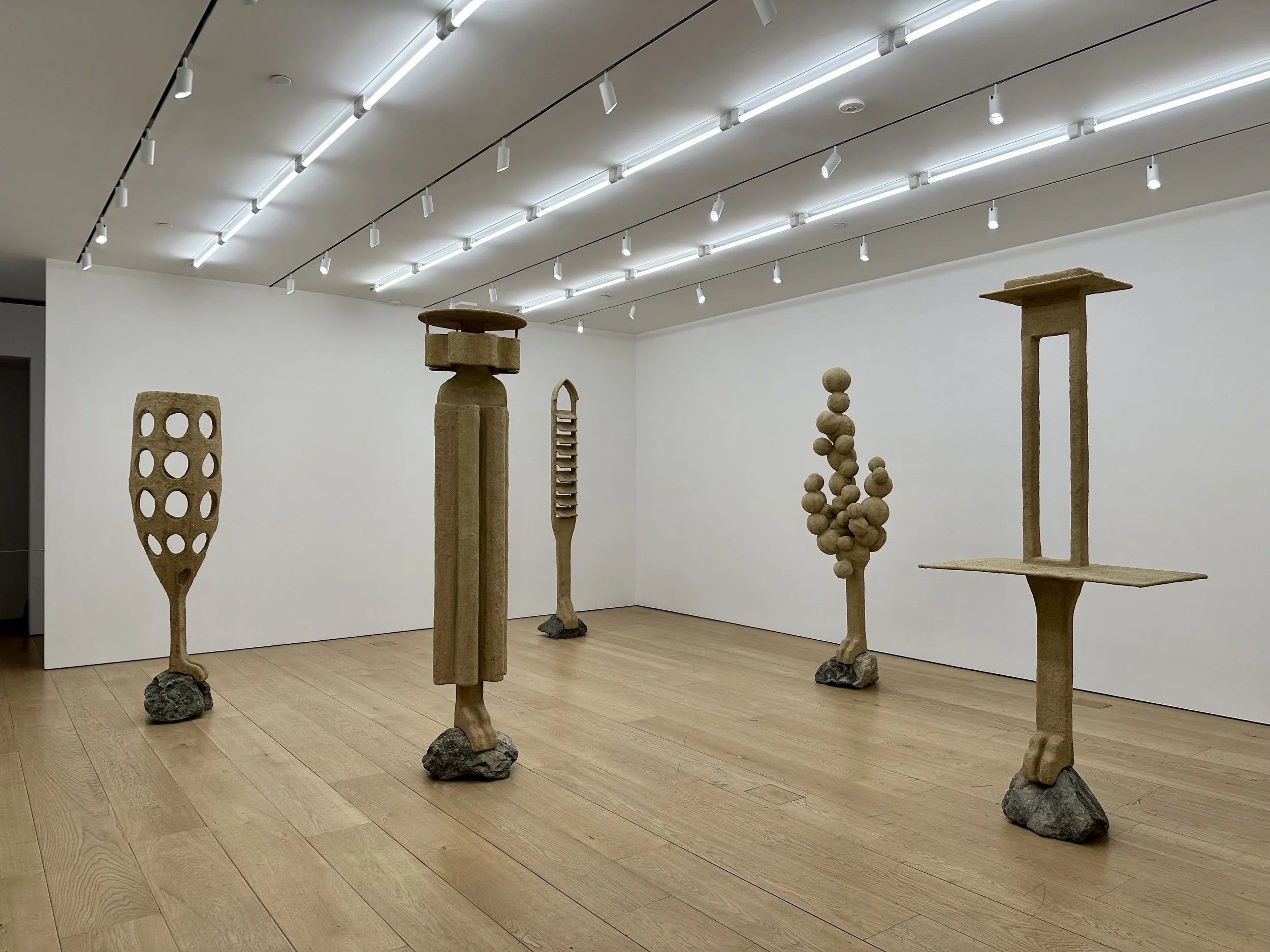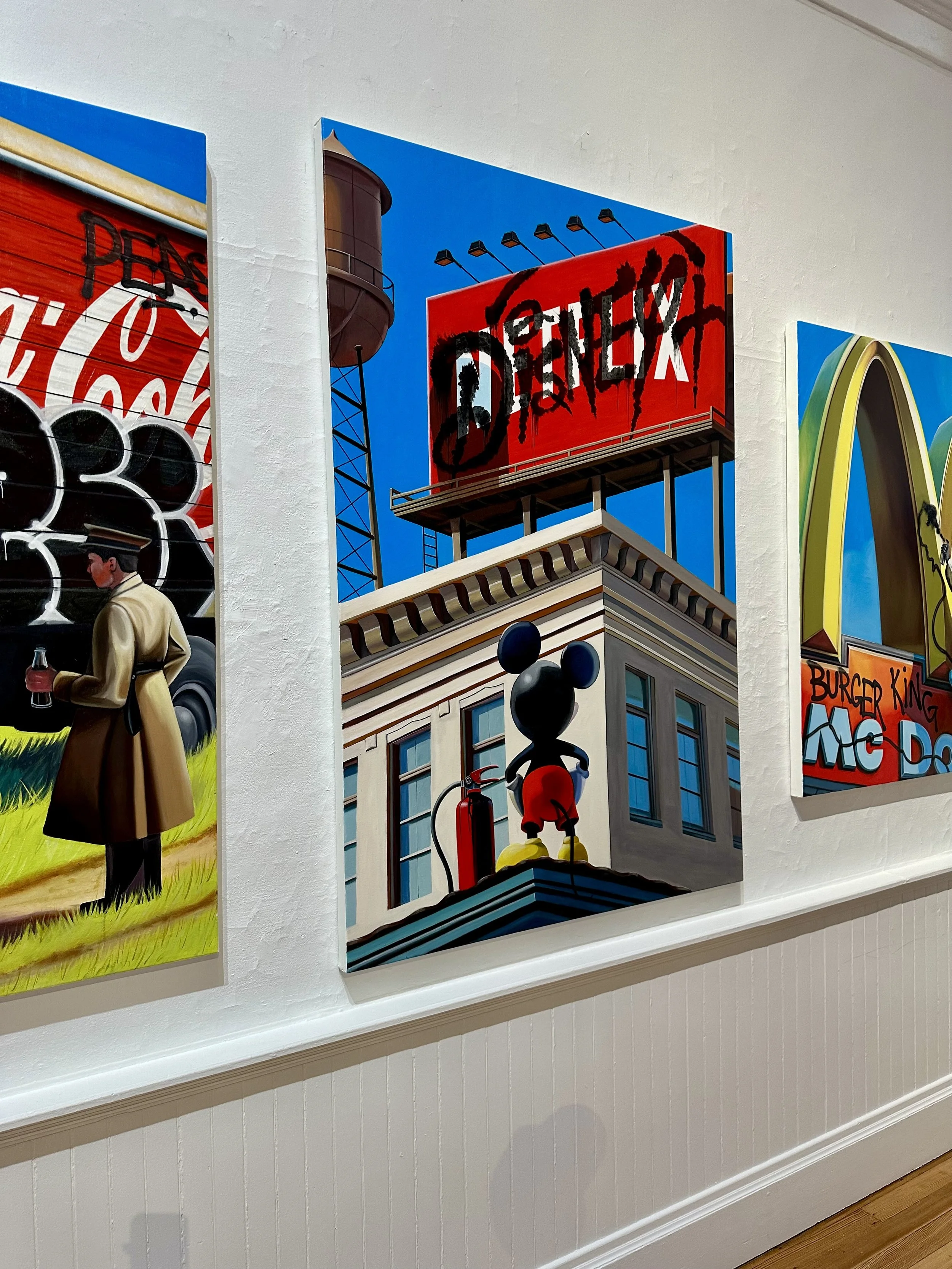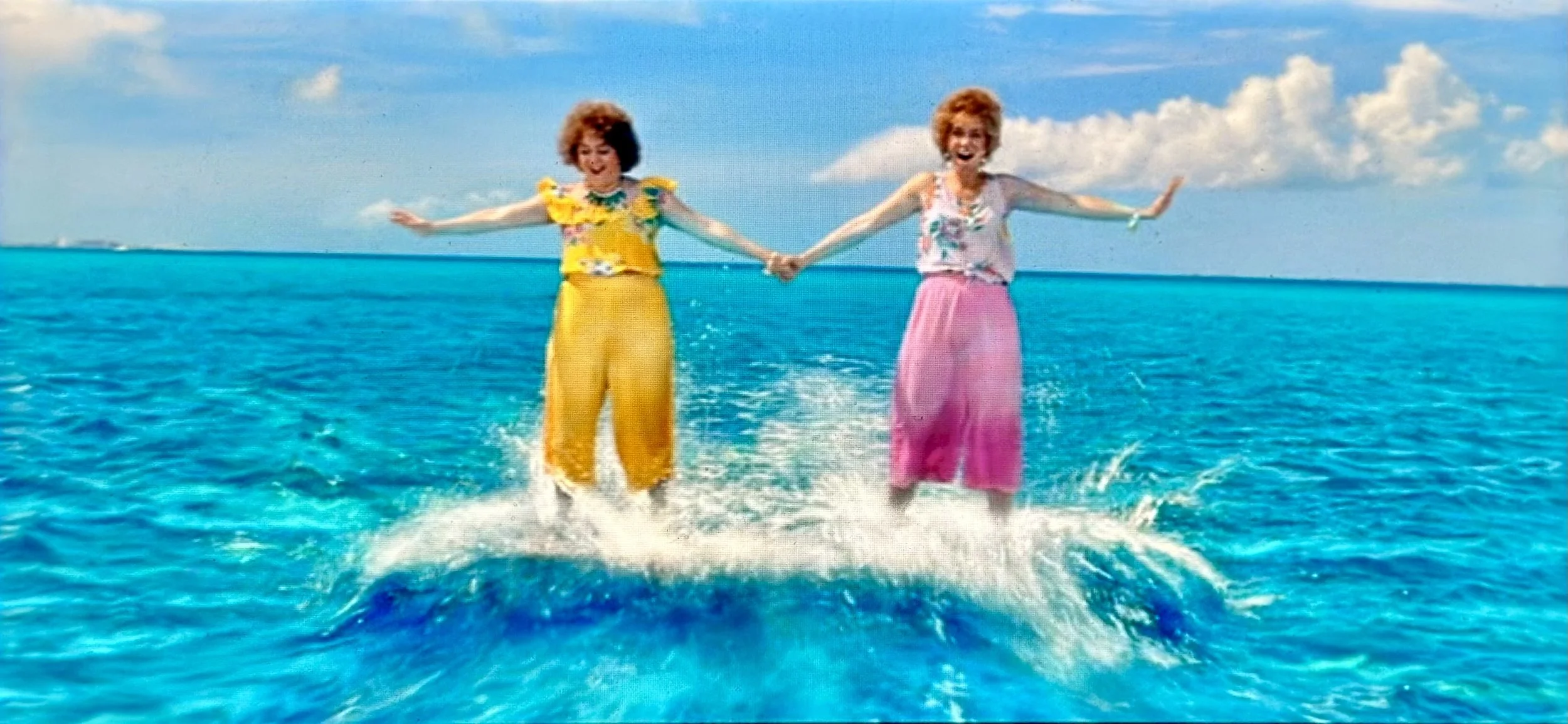Science Tilts to Art in CAMP’s Videos
On several visits to the museum of all things modern, The Magazine stopped into an exhibit in a dark room with bleacher seating. A movie played with scenes of regular life. Regular life of fishing and cargo ships, it seemed. Since February, we have checked in to see if we could figure out the footage. Always landing on different scenes. Sometimes greeted by Bollywood tunes- the good ones from the ‘80s.
What is the point?
By May, our perspective was at last transformed.
In MoMA’s hosting of Video After Video: The Critical Media of CAMP, an unconventional exhibition showcasing the work of the Mumbai-based collaborative studio CAMP. Set in Gallery 3, this work highlights CAMP’s innovative approach to video, film, and electronic media, using technology as both a subject and a medium for artistic exploration.
THE SCIENCE
Fusing Realms
At its core, CAMP’s work embodies the fusion of science and art, technology and humans, leveraging communication devices, surveillance systems, and participatory filmmaking to challenge contemporary political and socioeconomic structures. The studio’s projects reorient technological tools- such as CCTV cameras, cell phone footage, and digital archives- into artistic expressions that provoke thought and inspire change.
The importance of scientific inquiry in artistic innovation is underscored in this exhibition. By engaging with transport infrastructures, communication networks, and digital archives, the studio redefines the relationship between video’s producers, distributors, and spectators. Their projects not only document reality but also reshape it, offering new perspectives on connectivity, accessibility, and collective action.
A Deep Dive into Critical Media
Kiran Nadar Museum of Art (KNMA) co-hosted CAMP Study Day at the Cullman Center (5/20), bringing together leading scholars of media, law, cinema, and visual art. Speakers included Erika Balsom, Lawrence Liang, Debashree Mukherjee, and Ashish Rajadhyaksha, who presented thoughtful, humorous and provoking analyses of CAMP’s seminal work, followed by a discussion with exhibition co-curators Stuart Comer and Rattanamol Singh Johal. A particular point of connection was conveyed through the poetry and images of old Raaj Kumar and Amitabh Bachchan Bollywood films connecting to CAMPs project. The focus Bombay Tilts Down (2022) introduced near-immemorial VHS to modern tech observation.
Cognitive Replay
CAMP’s projects engage with cognitive science by exploring how video and digital media influence human perception, memory, and attention. Research in cognitive psychology suggests that moving images can shape neural pathways, affecting how individuals process and recall information.
VISUAL PERCEPTION AND ATTENTION
Studies show that surveillance footage and participatory filmmaking techniques alter the way viewers focus on details. CAMP’s work challenges conventional visual hierarchies by using unconventional camera angles, long-duration shots, and fragmented narratives, encouraging audiences to engage in active perception rather than passive viewing.
MEMORY AND NARRATIVE CONSTRUCTION
Cognitive science research indicates that fragmented and nonlinear storytelling can enhance memory retention by forcing the brain to reconstruct missing elements. CAMP’s projects, such as their multi-channel video panorama of Mumbai, leverage this principle by presenting overlapping perspectives that require viewers to synthesize disparate visual information.
EMOTIONAL AND PSYCHOLOGICAL IMPACT
Neuroscientific studies suggest that video can evoke strong emotional responses by triggering mirror neurons- cells in the brain that activate when observing others’ actions. CAMP’s participatory filmmaking, particularly their collaborations with sailors navigating trade routes, fosters empathy by immersing viewers in unfamiliar experiences, stimulating emotional and cognitive engagement.
BOTTOM LINE
Video After Video: The Critical Media of CAMP is more than an art exhibition. It is a testament to the transformative power of science and technology in artistic expression. By repurposing everyday media tools, CAMP invites audiences to rethink the boundaries between science and art, demonstrating that creativity thrives at the intersection of disciplines.
Experience the 83-minute film From Gulf to Gulf to Gulf until July 20, 2025. You’ll get to see a green fish ‘show it’s true colors’ during the dying process (death not tint). Five start times are offered from 1030 AM to 410 PM, and 535 PM on Fridays.



